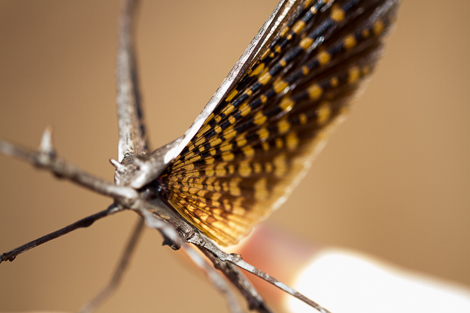Came the excited cries from Jana and Yassin (second chef and trainee guide).
They led me by the arms down to the mess area, chattering like excited vervet monkeys, only to stand perplexed - looking up at the Small Sour Plum that makes an archway over the steps at the bottom: "hmm in hindsight we should have found a different spot to leave him!"
It took a while but eventually we relocated this Giant East African Stick Insect.....Can you find him?
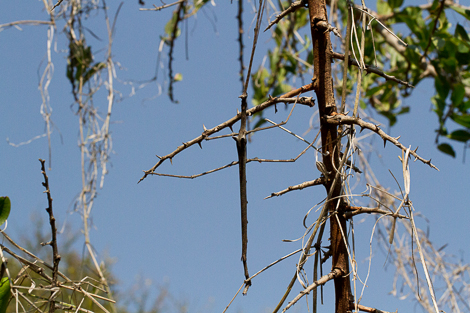
Not quite so well camoflauged on Jana's top - he still walks with a cryptic jerky movement to help immitate the twigs that normally surround him, much the same as a chameleon.
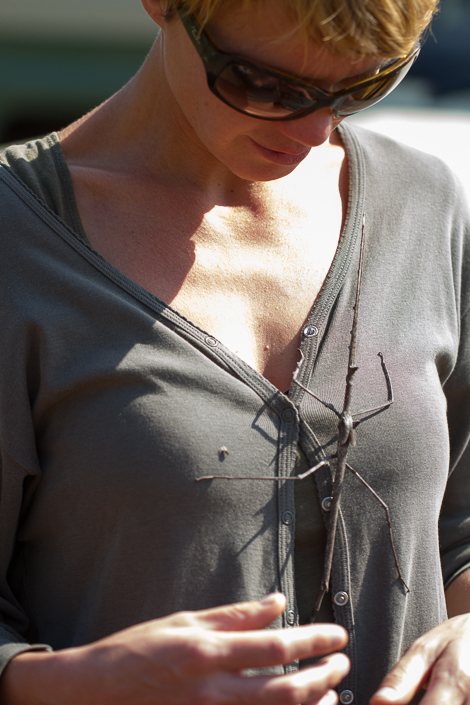
Here you can see his forelegs held out in front of his head - making him all the more sticky.
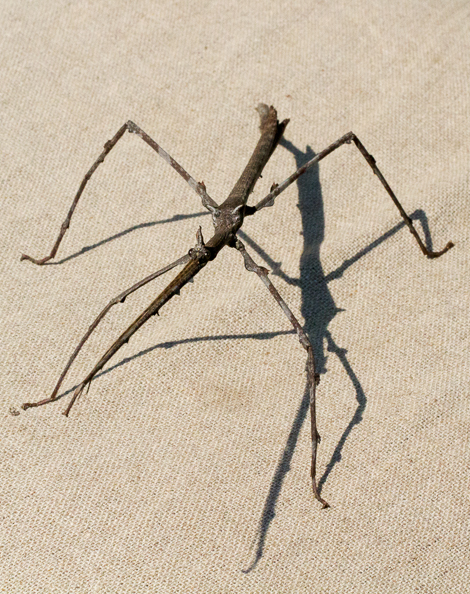
Did you know....?
Stick insects can shed and then re-grow their limbs to escape attacks by predators - this behaviour is called autotomy.
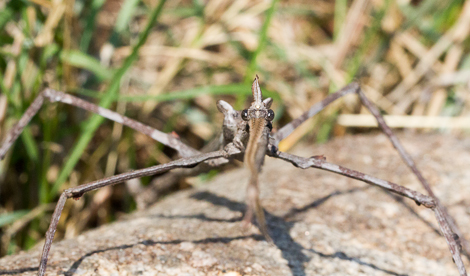
Stick insects can reproduce "parthenogenetically" - without the need for males!! (Sorry chaps, although young born through this method will all be female so you're not completely redundant and if you look on the bright side it must mean you are significantly outnumbered by the opposite sex - gotta love those odds fellas!!)
Stick insect eggs resemble seeds so they will blend into the forest floor to escape predation.
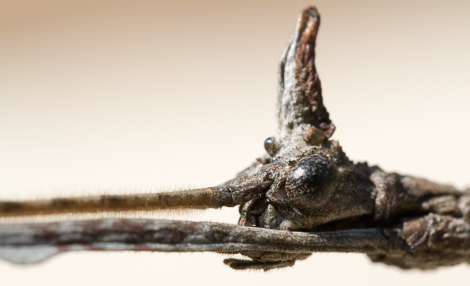
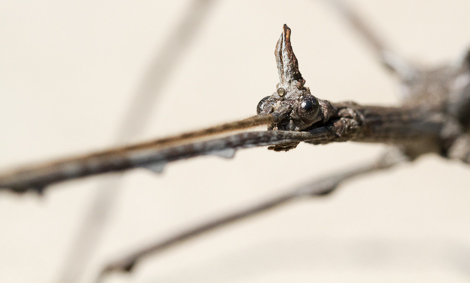
In the pictures above you can see what I think is a light sensitive organ called an "Ocellus" or "little eye". Many flying insects have these in various forms, they co-exist with the compound eyes on either side and are a second, completely seperate visual organ. In stick insects it is only the males that have these.
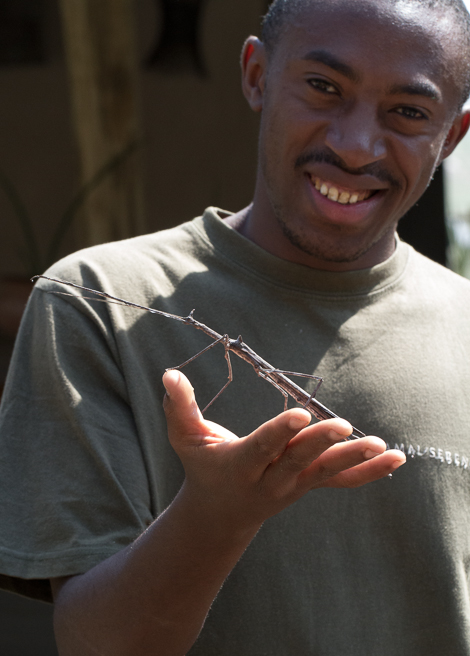
Our man Yassin - happy to break up the day with a spot of entomology.
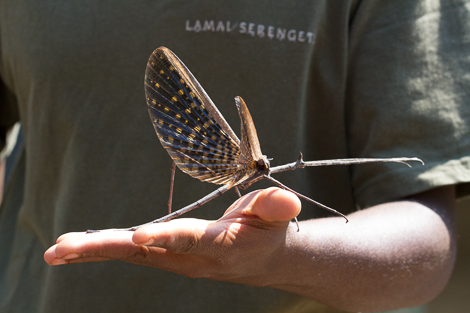
Doing the crazy "Jurassic Park" thing and suddenly revealing his fantastic wings (only boys have wings, se he is definately a he!!) increased mobility and a startle/distraction display.
